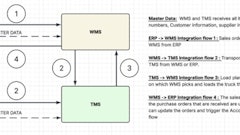
More than half of U.S. companies say they’ll raise prices to offset new tariffs, a clear signal of how quickly trade policy is hitting cost structures and planning cycles. Here’s an economic outlook for the remainder of the year.
The shifting economic landscape
The economic forecast has evolved significantly since January. Initial projections anticipated solid quarter-over-quarter growth supported by stable consumer spending and business investment. However, recent policy changes, particularly new tariffs implemented this spring, have revised real GDP growth projection from 2.4% to 1.5% for 2025, reflecting a more moderate expansion than previously anticipated while still maintaining positive growth.
Inflation considerations
Core inflation, previously expected to gradually moderate throughout 2025, is now projected to remain elevated in the second half of the year. This largely reflects tariff-related input cost increases moving through supply chains. The Federal Reserve faces a policy balancing act, with inflation exceeding targets while growth moderates. Board analysis suggests the Fed will maintain the federal funds rate at current levels throughout 2025, prioritizing price stability.
Income and consumer dynamics
Real disposable personal income growth projections have been revised from 1.7% to 1.1%. While nominal incomes continue to grow, tariff-induced price pressures are affecting purchasing power. Consumer sentiment has decreased by over 30% since December, contributing to changes in spending patterns. Households are prioritizing essentials while approaching discretionary purchases with increased caution. Durable goods spending is projected to face particular challenges, with potential contraction across several quarters.
Labor market evolution
The employment landscape is showing signs of adjustment as businesses respond to economic conditions. Unemployment is projected to increase moderately from 4.1% in Q1 to 4.5% by Q3, a notable but not dramatic shift. This reflects a broader recalibration as employers become more selective amid policy uncertainty and changing consumer demand patterns.
Business investment outlook
Business investment is expected to follow an uneven path in 2025. After a modest rebound early in the year, investment momentum is likely to moderate in subsequent quarters as companies navigate tariff-related cost pressures and policy uncertainty. While some sectors may benefit from targeted incentives, overall capital expenditure growth is expected to remain cautious.
Strategic planning context
This economic environment presents both challenges and opportunities. The current conditions, characterized by below-trend growth, elevated inflation, and a moderating labor market, require thoughtful strategic planning.
Key economic indicators
- Real GDP: Forecast revised from 2.4% to 1.5% for 2025
- Core inflation: Elevated above target, influenced by tariff-related pressures
- Real income growth: Adjusted from 1.7% to 1.1%
- Consumer sentiment: Down over 30% since December
- Unemployment: Projected to move from 4.1% in Q1 to 4.5% by Q3
- Durable goods spending: Facing headwinds across multiple quarters
- Business investment: Following an uneven path through 2025
- Federal Reserve outlook: Maintaining current rates to prioritize inflation control



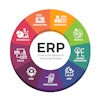


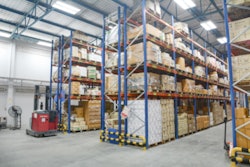
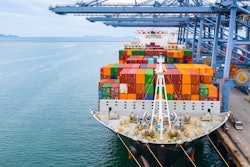

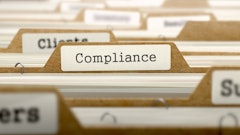

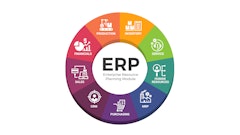





![Pros To Know 2026 [color]](https://img.sdcexec.com/mindful/acbm/workspaces/default/uploads/2025/08/prostoknow-2026-color.mduFvhpgMk.png?ar=16%3A9&auto=format%2Ccompress&bg=fff&fill-color=fff&fit=fill&h=135&q=70&w=240)
